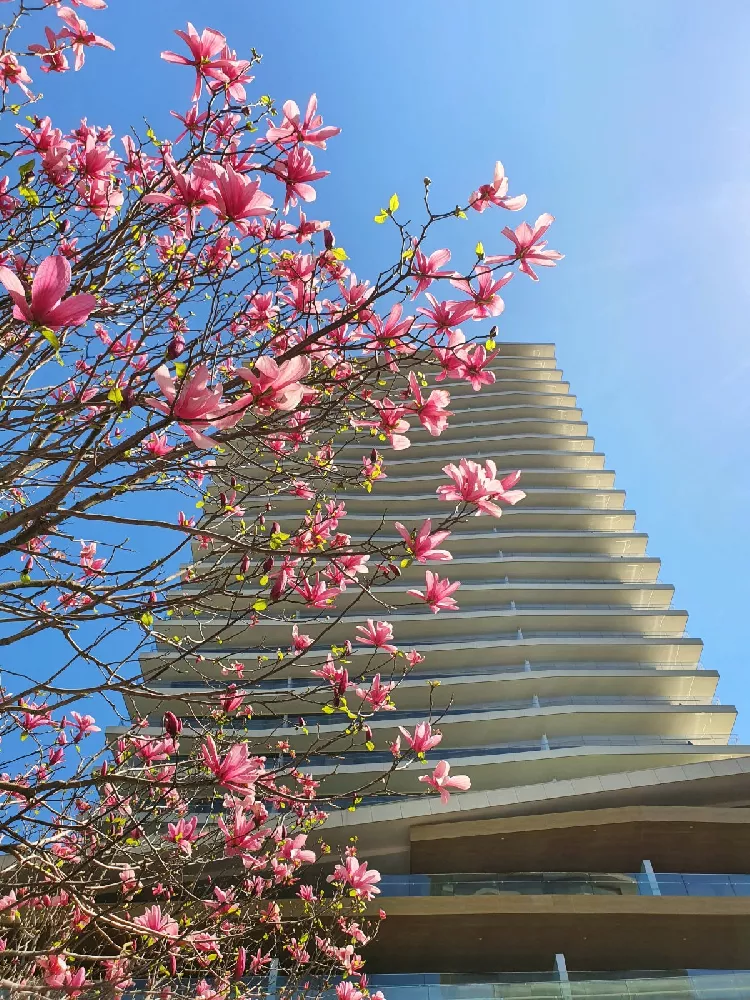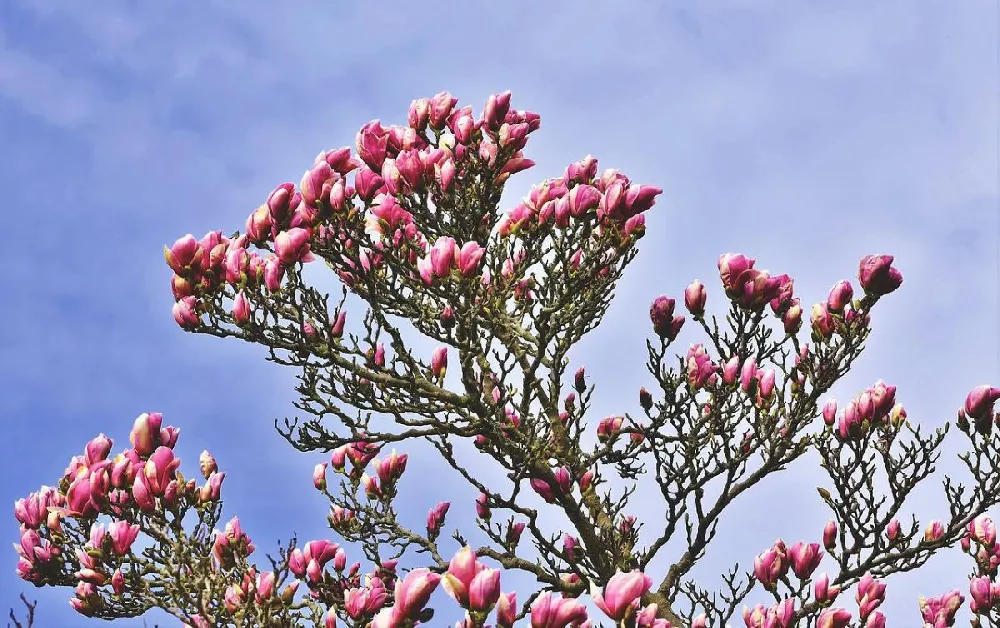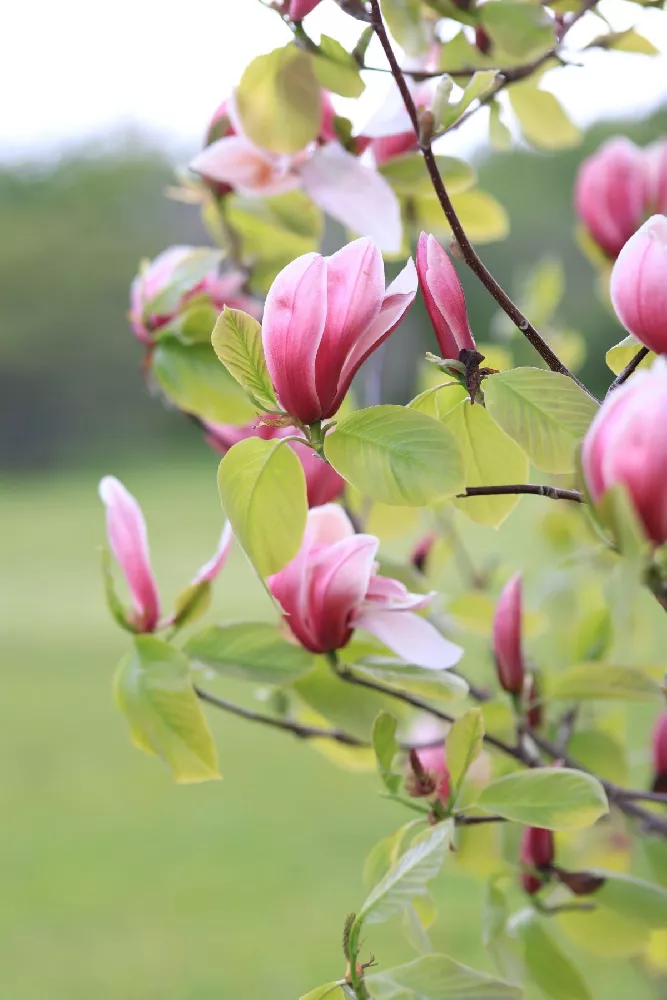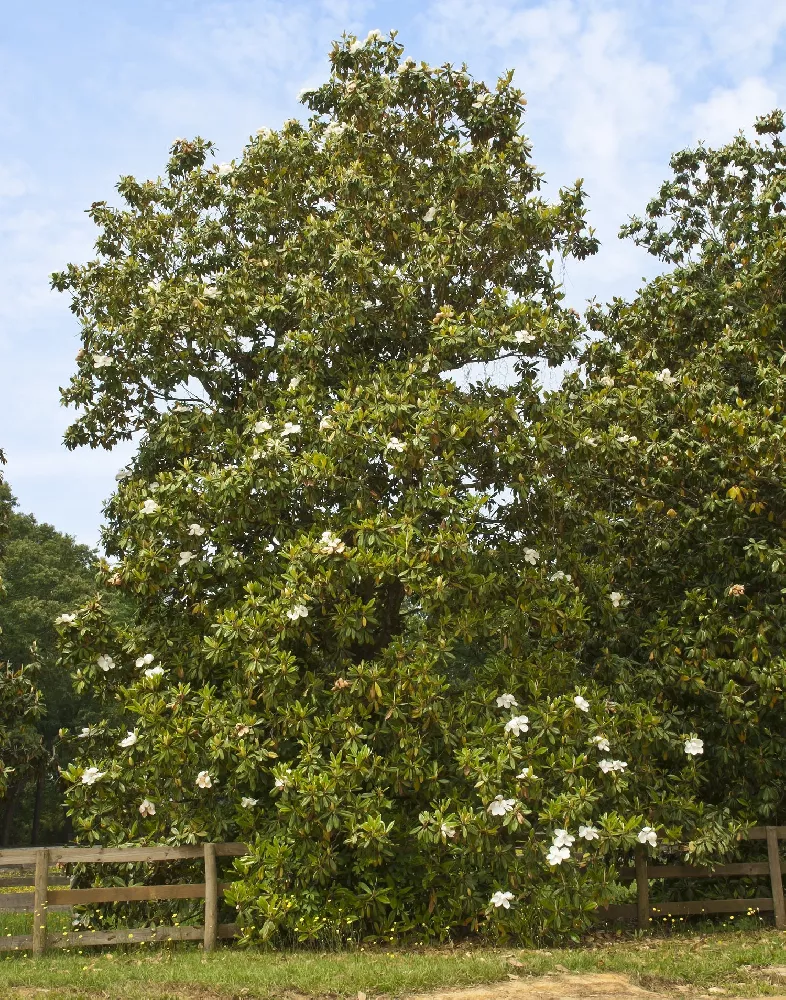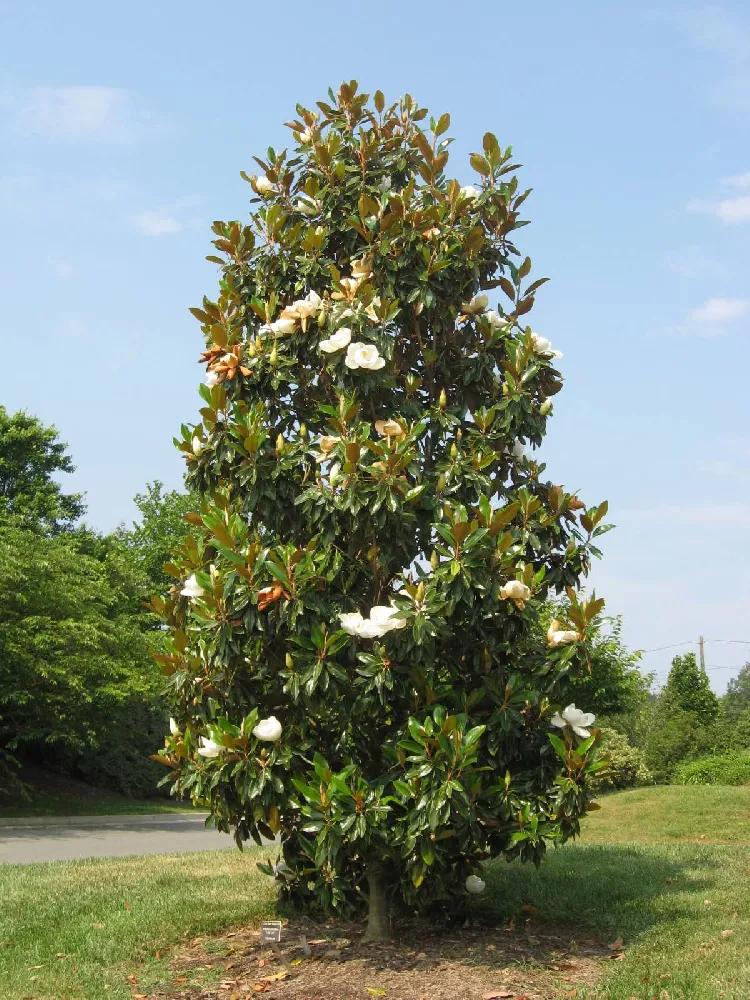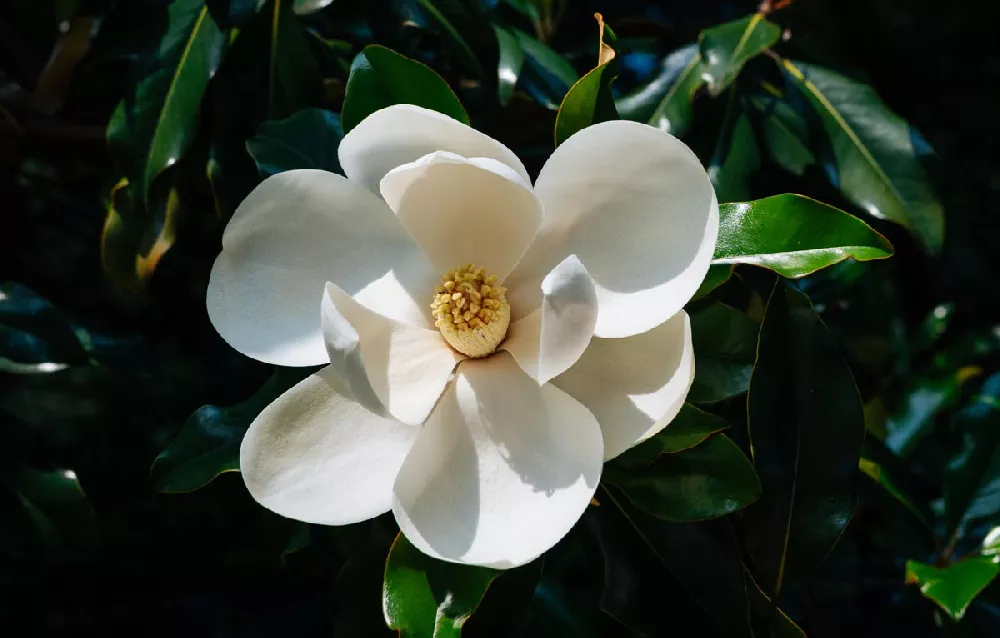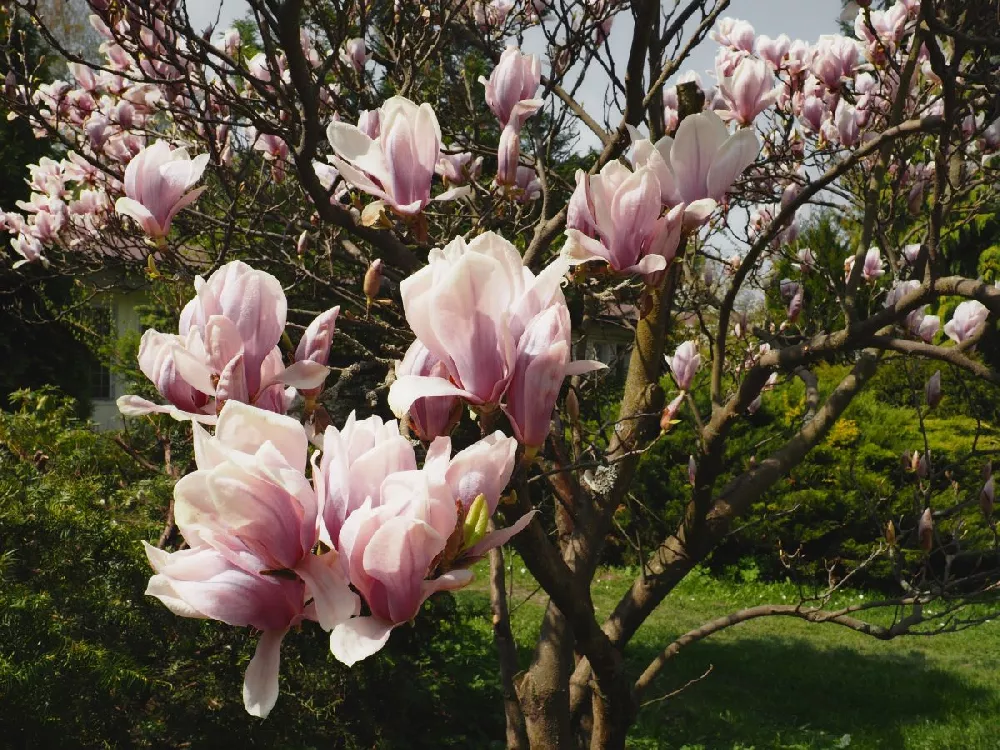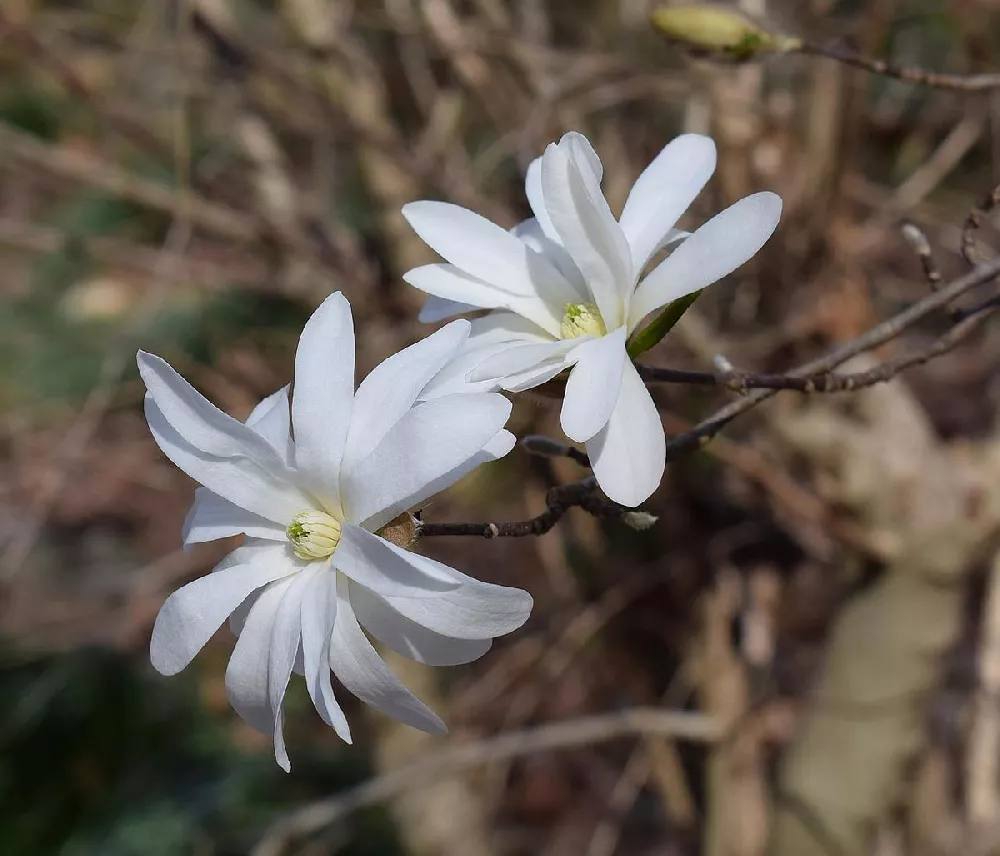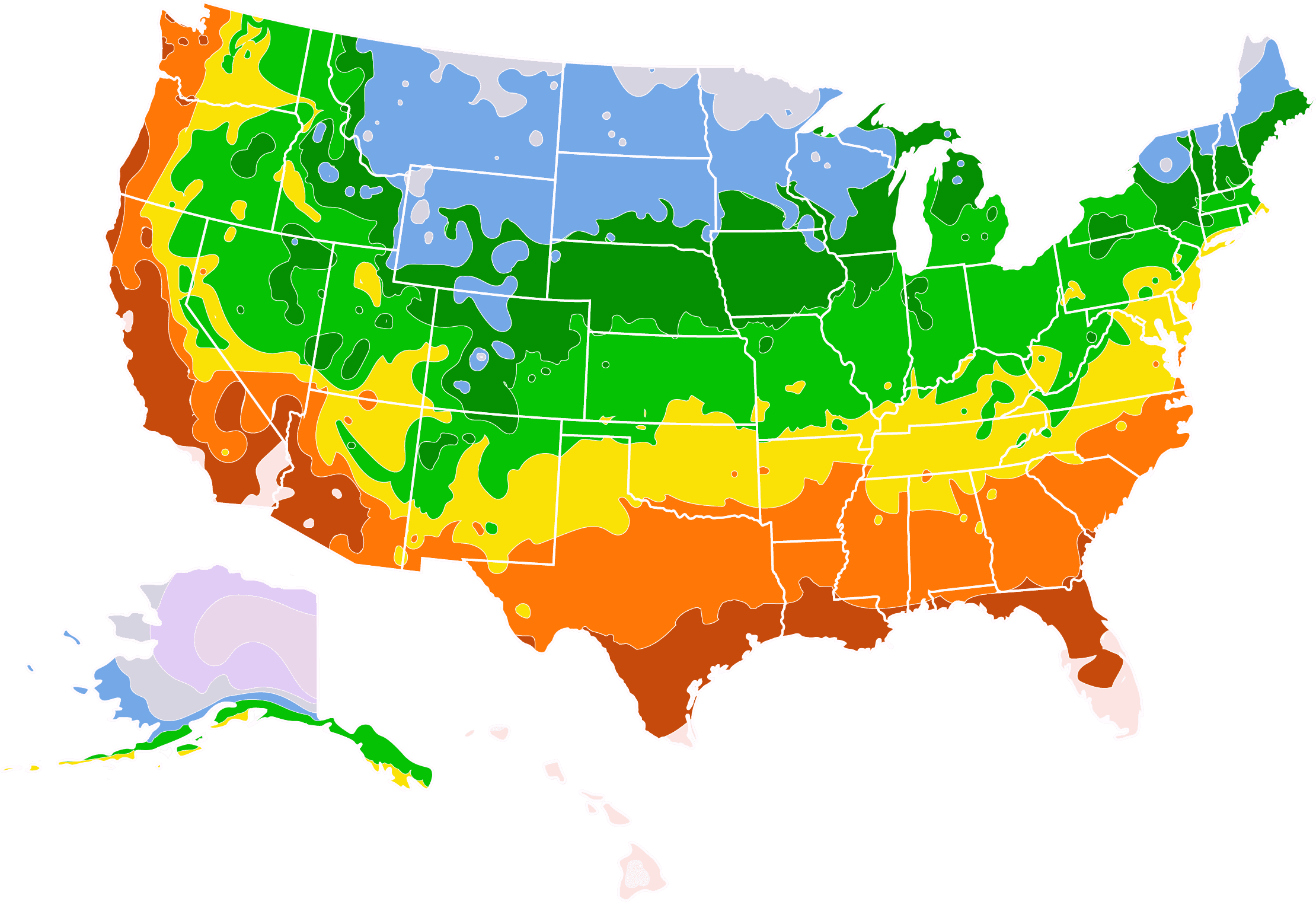Ann Magnolia Tree for Sale - Buying & Growing Guide
The Ann magnolia tree, Magnolia 'Ann,' is a lovely, compact cultivar of the beloved magnolia tree that thrives as far north as the Canadian border and blooms late enough in spring to avoid late frosts. What's even better is that a well-cared-for Ann magnolia tree may even offer a second, smaller blooming in the hot summer months. Ann magnolia trees need little in the way of extra care and thrive without pruning or supplemental watering in all but the hottest and driest weather. Your Ann magnolia can be grown as a single-trunked tree with a pleasing, rounded canopy or as a multi-stemmed large shrub. The Ann magnolia makes an excellent specimen tree with its spectacular blooms and pleasing silhouette throughout the year. Here are a few more reasons to bring one — or more — into your garden:
- Its purple-pink flowers have a light, pleasant fragrance.
- The deep green leaves turn gold-yellow in autumn.
- The Ann magnolia makes an excellent centerpiece for cottage gardens.
Enter your zip code to find nearby stores that may carry this plant.
Plant Care
Sunlight

The Ann magnolia tree does best when it receives full sun — at least six to eight hours of direct light a day.
Watering
Water young trees weekly. Established trees need supplemental watering during times of drought or hot weather.
Fertilizing

Fertilize your Ann magnolia with a product designed for landscape trees and shrubs in spring.
Planting and Care
Planting instructions
Site your Ann magnolia in well-draining soil that receives at least six hours of sun a day. Avoid planting your tree in alkaline soils, as it prefers neutral to acidic soil. Unpot your sapling and tease out any encircling roots, which can girdle the tree and slowly kill it. Dig a hole that’s as deep as the root ball and twice as wide. Place the tree in the hole, and, while holding it upright and steady, fill in around it with topsoil, tamping down as you go to eliminate air pockets. Water thoroughly. Apply a 2- to 3-inch layer of organic mulch, such as bark chips, to conserve moisture and hinder weed growth, but to avoid rot, don’t let it touch the trunk of the tree.
Watering and nutrients
During your tree’s first year, water frequently — at least once a week — giving it an inch of water at a time. If it is very hot or dry out, water it every few days. Once your tree is established and growing well, you can taper back on water in the second year, watering it only when needed during heat waves or droughts. Fertilize your tree in early spring with a balanced, slow-release fertilizer that is formulated for landscape trees and shrubs.
Pollination
Magnolias are monoecious, meaning that a single plant’s flowers have both male and female reproductive parts. They are commonly fertilized by beetles rather than bees, and pollinated flowers will produce seed pods that are attractive to songbirds and other wildlife.
Pruning
The Ann magnolia tree does not require pruning to achieve a pleasing shape. Monitor your tree for broken, diseased, or damaged branches, and cut these out whenever you see them. If you wish your magnolia to take on a tree form, prune out any suckers or secondary trunks that arise around the primary trunk. You can prune lightly for shape, if you wish, immediately after it blooms.
Pests and diseases
You may see signs of common insect pests on your magnolia, including scale insects, aphids, and various caterpillar species, but unless it is a serious infestation, the tree should be fine. Many pests can be controlled by releasing predatory insects, such as ladybugs and lacewings, which will eat many invasive insects. Diseases of the Ann magnolia include honey fungus and verticillium wilt. Generally, fungal diseases like these are more prevalent during very wet weather. Water your tree at the base of the trunk and avoid wetting the leaves, and keep the area around the trunk free of leaf litter and other debris.
Achieving maximum results
Knowing how to use your Ann magnolia in your landscape setting is one way to achieve maximum results. Magnolias have effusive blooms and a solid, leafy presence that make them an excellent specimen tree. Consider planting one in a front yard and underplanting it with hostas, astilbes, or even colorful annuals that thrive in shade, such as impatiens. The Ann magnolia is not a very large tree, so it’s also a good choice for smaller urban lots or for planting along a verge or other long, narrow spot of land. The tree would also fit well in a cottage garden setting — imagine it surrounded by mixed wildflowers or, conversely, a clipped short yew hedge.
FAQs
How big will my Ann magnolia tree get when mature?
A mature, well-cared-for Ann magnolia should reach a height of 10 to 15 feet, with a mature width of 10 to 12 feet. Keep these dimensions in mind when using it as a foundation planting. Be sure to space your tree far enough away from buildings or other structures to allow for its mature growth.
Where can I grow an Ann magnolia tree?
The Ann magnolia tree can be grown throughout most of the continental U.S. It is hardy in USDA hardiness zones 4 through 9, which means it will thrive in all except the southern, tropical regions of Florida and California and the most northern sections of New England and the Midwest.
How long do Ann magnolia trees live?
With proper care and nutrition, an Ann magnolia may live 100 years or more. Site your tree carefully, with good air circulation around it, and you will set your tree up for a long life. The best part? The trees will continue to bloom profusely, beginning when they are quite young and continuing their seasonal blooms well into old age.
Compare Similar Products
You can't add more Product Name - Product size to the cart.
OK